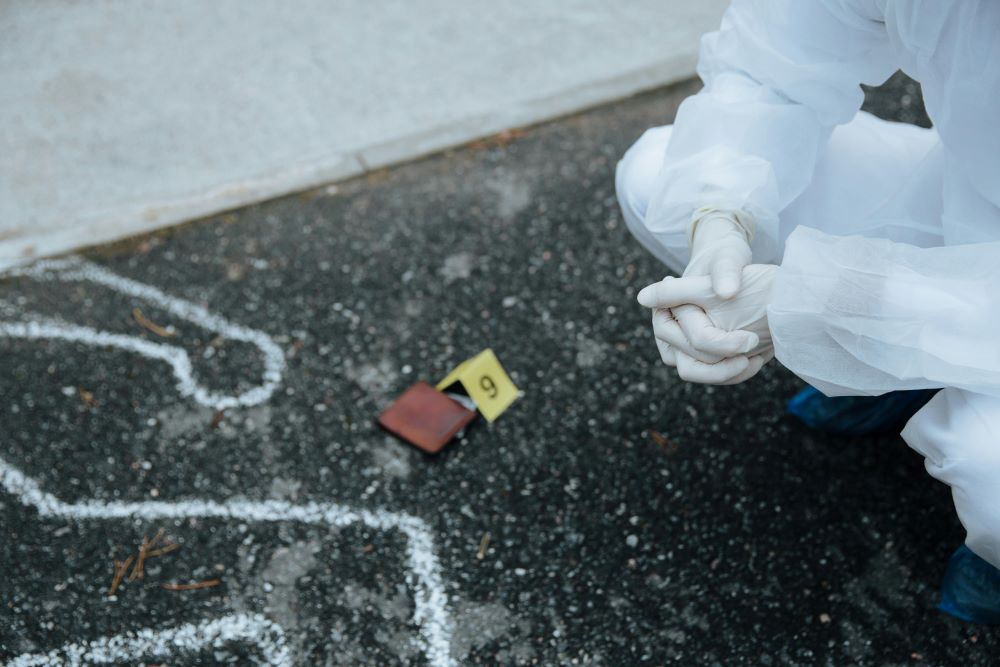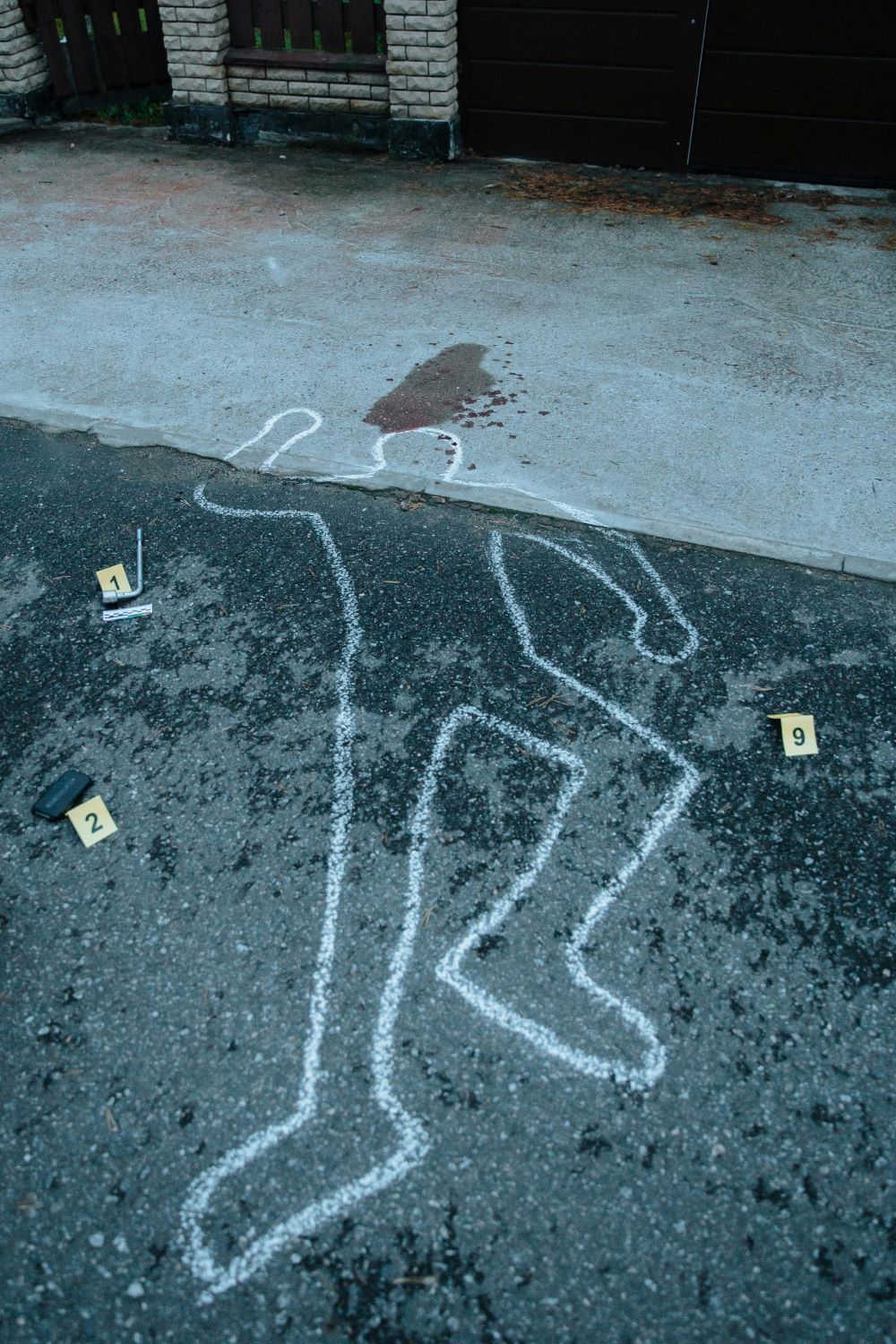New forensics can more accurately predict a person’s time of death within three calendar days.
One of the key responsibilities of a coroner responding to the death of an individual is to determine when that individual actually died. This isn’t always necessary – when the death takes place in a hospital, for example, the time is known – but it can be critically important in some cases. For example, when a death is mysterious and foul play may be suspected, knowing when the death occurred can make or break the case. Unfortunately, this is a tricky task with a ton of variables involved. Thanks to new research from Arizona State University, and advancements made in the world of forensics, however, it may soon be easier to accurately identify the time of death and get better results out of this process.
Improving the accuracy of time of death estimates may come down to the use of a set of microbes that can be found in the breakdown of the body in question. There are around 20 microbes that have been identified that seem to break down at the same rate regardless of circumstances. This is incredibly useful information, as it serves to level the playing field and take a significant variable out of play. Regardless of the climate where the body has been discovered, and regardless of the season of the year, the microbes can reliably be used to trace back the process of decomposition to figure out how much time has passed.

Of course, while that concept sounds simple enough in theory, it is tremendously complex in application. Powerful, advanced technologies were required to do the work in this study, including machine learning techniques and tools like mass spectrometry and DNA sequencing. In all, there were 36 cadavers used from a variety of climates and seasons in this study. Those varied samples were able to demonstrate how the microbes performed in a consistent manner over the course of the study period, which lasted for 21 days.
One of the fascinating parts of this study was the revelation that the microbes in question are not found in the soil or in human skin or gut microbiome catalogs. Rather, these microbes that can be used as a biological clock are generally associated with insects that will quickly find the body after a death has occurred. Carrion beetles and blowflies, in particular, are useful for this application and can help provide the vital data needed for establishing an accurate timeline.
At this point, the forensics that were used in this study are able to accurately predict the time of death within three calendar days. That’s an impressive start and a result that is expected to only improve with more data and refinement within the model itself.
Perhaps the most exciting part of these new findings is how they remain consistent across many different environments and conditions. Those variables traditionally make it challenging to find accurate estimates of time of death, but this work may clear that hurdle and soon make the job easier to complete in a manner that will properly serve everyone involved.
Sources:
Advances in Forensic Science Improve Accuracy of ‘Time of Death’ Estimates
Methods of Estimation of Time Since Death
‘Microbiome of Death’ Uncovered on Decomposing Corpses Could Aid Forensics


Join the conversation!